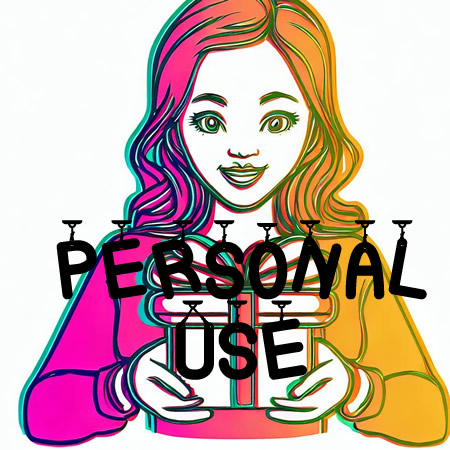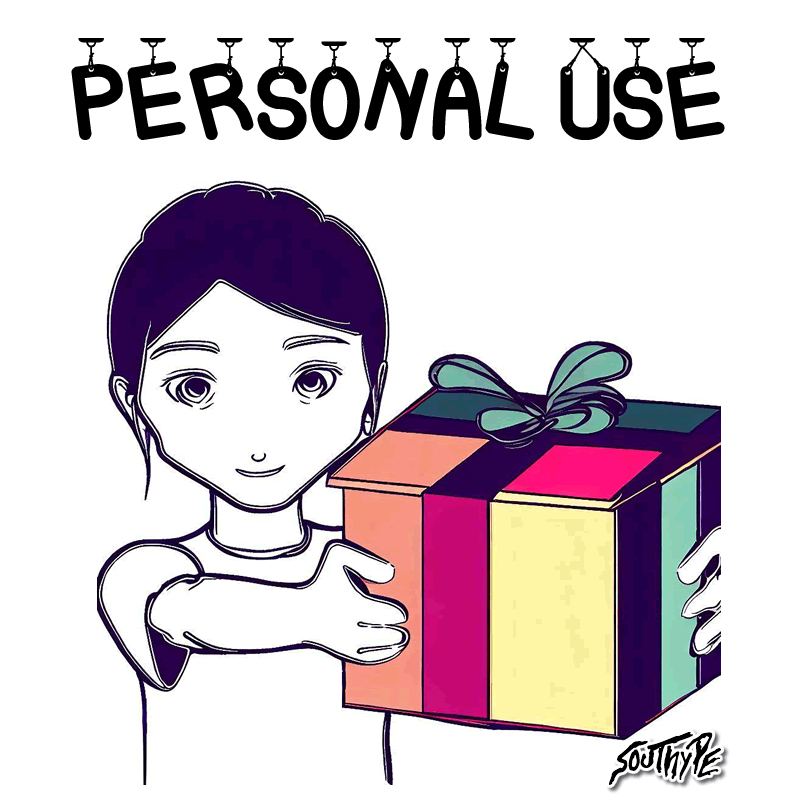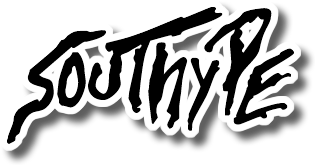
Fonts play a crucial role in various personal projects, from designing invitations to creating artwork or crafting personal websites. While many fonts are readily available for personal use, it’s essential to understand the guidelines and limitations associated with using fonts in non-commercial projects. In this article, we will explore the concept of personal use of fonts and provide some important considerations to keep in mind.

What is Personal Use?
Personal use refers to the utilization of fonts for non-commercial purposes. It includes projects that are created for personal enjoyment, self-expression, or non-profit use. Some common examples of personal use include designing birthday cards for friends, creating typography artwork for personal portfolios, or using fonts in personal blogs or social media posts.
Important Considerations:
- Licensing: Fonts, like other creative works, are subject to copyright laws. Most fonts are protected by licenses that dictate how they can be used. When downloading or acquiring fonts, it’s crucial to review the licensing terms provided by the font creator or foundry. Some fonts may be explicitly designated as “free for personal use,” while others may require the purchase of a license or permission for certain types of personal projects.
- Non-Commercial Use: Fonts intended for personal use should not be used in projects that involve generating income or commercial activities. This means you should not use these fonts in designs or projects that are intended for sale, advertising, promotion, or any other form of commercial distribution without proper licensing or permission.
- Sharing and Redistribution: Fonts designated for personal use should not be shared, distributed, or made available for download to others. This includes sending font files to friends, uploading them to public platforms, or making them accessible on websites or file-sharing networks. Sharing fonts in these ways infringes upon the rights of the font creator and may be a violation of copyright laws.
-
Modifications: Fonts for personal use should generally not be modified, altered, or adapted without the explicit permission of the font creator. If you have a specific need to modify a font for personal use, it is best to reach out to the font creator or foundry for guidance or to explore fonts that come with more permissive licensing terms.

Respecting Font Creators:
It’s important to remember that fonts are the result of the hard work, talent, and creativity of font designers and foundries. By respecting their rights and abiding by licensing terms, you support their ability to continue creating and sharing fonts with the design community.
Where to Find Fonts for Personal Use:
There are numerous resources available online where you can find fonts specifically designed for personal use. These resources often provide fonts with free licensing options or affordable licenses for personal projects. Some popular font repositories include Google Fonts, Adobe Fonts, and independent font foundries that offer fonts for personal use. For example dafont.
In conclusion, understanding the guidelines and considerations for using fonts for personal use is essential to ensure that you stay within the bounds of legal and ethical usage. Fonts are powerful tools for personal expression and creativity, allowing you to enhance various projects and designs. However, it’s important to remember that personal use fonts should not be used for commercial purposes or to generate income. In summary, using fonts for personal projects is a rewarding way to express your creativity. However, it’s essential to respect font licensing terms, refrain from using them for commercial purposes, and support the rights of font creators. By doing so, you can enjoy the vast array of fonts available while upholding the principles of responsible and ethical font usage.

